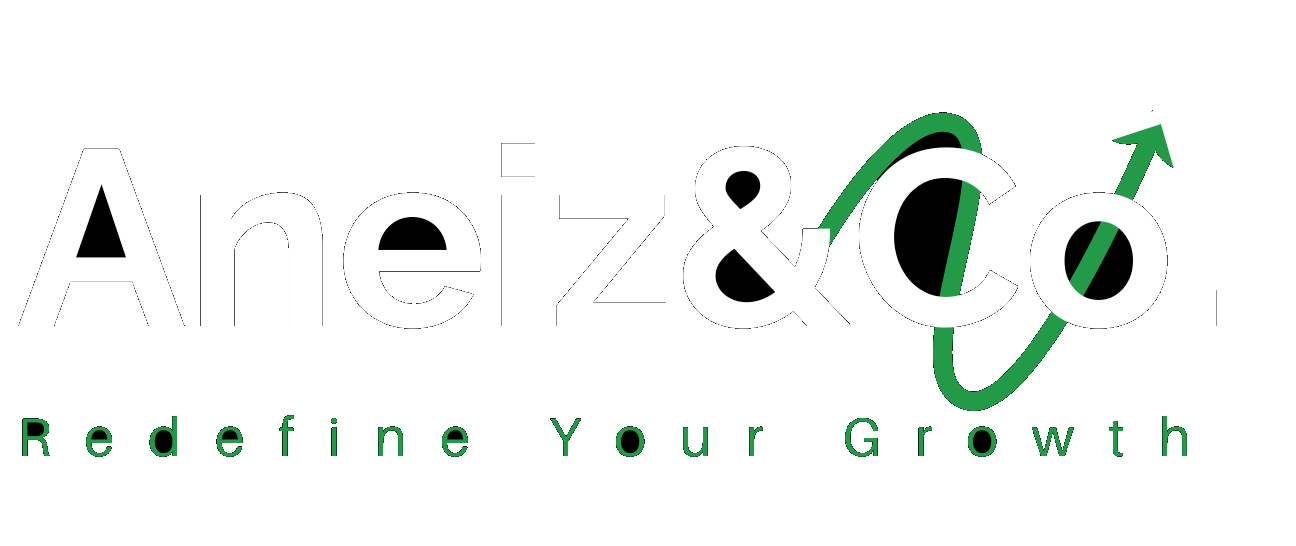Technical SEO
Technical SEO is the foundation upon which successful SEO strategies are built. It focuses on optimizing the technical elements of your website to improve its performance, ensure search engines can crawl and index it efficiently, and enhance overall user experience. By addressing the technical aspects of SEO, you can boost your site’s search engine rankings and provide a seamless experience for visitors.
Key Components of our Technical SEO service
Website Speed Optimization
Our website speed optimization service focuses on enhancing user experience and boosting search engine rankings by improving page load times. We minimize image, script, and stylesheet requests, enable browser caching for faster returns, and utilize Content Delivery Networks (CDNs) for swift content delivery globally. Additionally, we compress images and optimize website code to ensure fast loading. These improvements make your site more efficient and visible in online searches
Mobile-Friendliness
Our mobile-friendliness service ensures your website is optimized for mobile devices, which are now the primary source of web traffic. We use a responsive design that adjusts smoothly to different screen sizes, simplify navigation for mobile users, avoid using Flash, and use Google’s Mobile-Friendly Test tool to identify and fix any issues.
Fixing Crawl Errors
We focus on resolving crawl errors to ensure search engines can access and index your web pages effectively. Regular monitoring of Google Search Console helps us promptly identify and fix issues. Creating and submitting a sitemap helps search engines understand your site's layout and find all your pages efficiently. We also eliminate broken links to enhance user experience and ensure proper indexing of every page. Clear, descriptive URLs further assist search engines in accurately interpreting your content.
Implementing Structured Data
Search engines interpret your content by implementing structured data, also known as schema markup. This can lead to improved search results with additional information like star ratings or product details. We use schema.org markup and validate it with Google’s Structured Data Testing Tool to ensure accurate implementation and fix any errors.
Ensuring Proper Website Architecture
website organization to make it easier for search engines to navigate and index. We categorize your content clearly with main and subcategories, creating a structure that's easy for users to navigate too. By linking related content effectively and using clear URLs and breadcrumb navigation, we ensure a smooth experience for both users and search engines.
Secure Your Website with HTTPS
Our HTTPS encryption service enhances website security, a key trust signal favored by Google. We secure your site with an SSL certificate, enabling secure HTTPS connections. We ensure all HTTP pages redirect to HTTPS versions for consistent security. Updating internal links to HTTPS prevents mixed content issues, providing a secure browsing experience for users.
Optimize XML Sitemaps and Robots.txt
Enhance search engine crawling and indexing of your site with our XML sitemap and robots.txt optimization service. We create and submit a comprehensive XML sitemap listing all pages to help search engines efficiently discover and index your content. Our experts also optimize the robots.txt file to control search engine access, ensuring that low-value pages are excluded from crawling. This service ensures your website is effectively indexed and improves its visibility in search engine results.
Canonicalization
Canonicalization helps prevent issues with duplicate content by specifying the preferred version of a page. We use canonical tags to tell search engines which version of each page is most important. Each page has unique content to avoid problems with duplicate content penalties. Using canonical tags effectively ensures that your pages are properly indexed and ranked in search results.
Page Structure and Headers
Proper use of headers (H1, H2, H3, etc.) helps structure your content for both users and search engines. Use one H1 tag per page for the main heading containing your primary keyword. Utilize subheadings like H2 and H3 to organize content and improve readability. Incorporate relevant keywords into headers to enhance SEO and clarify content hierarchy for search engines.





